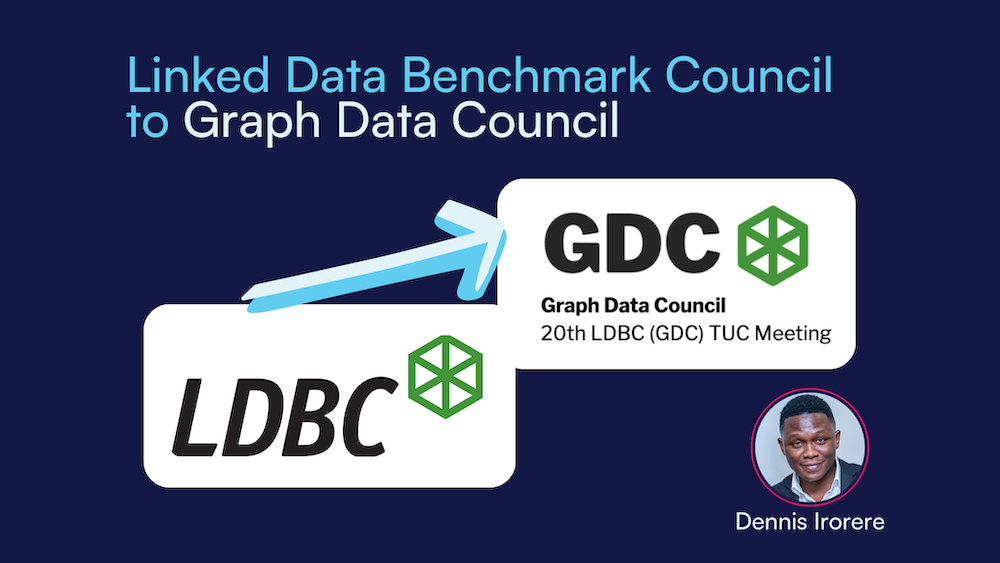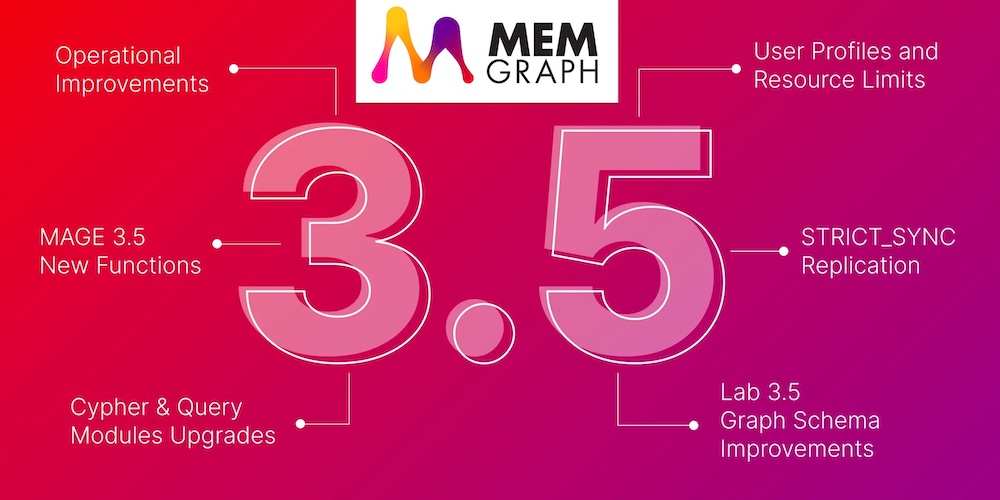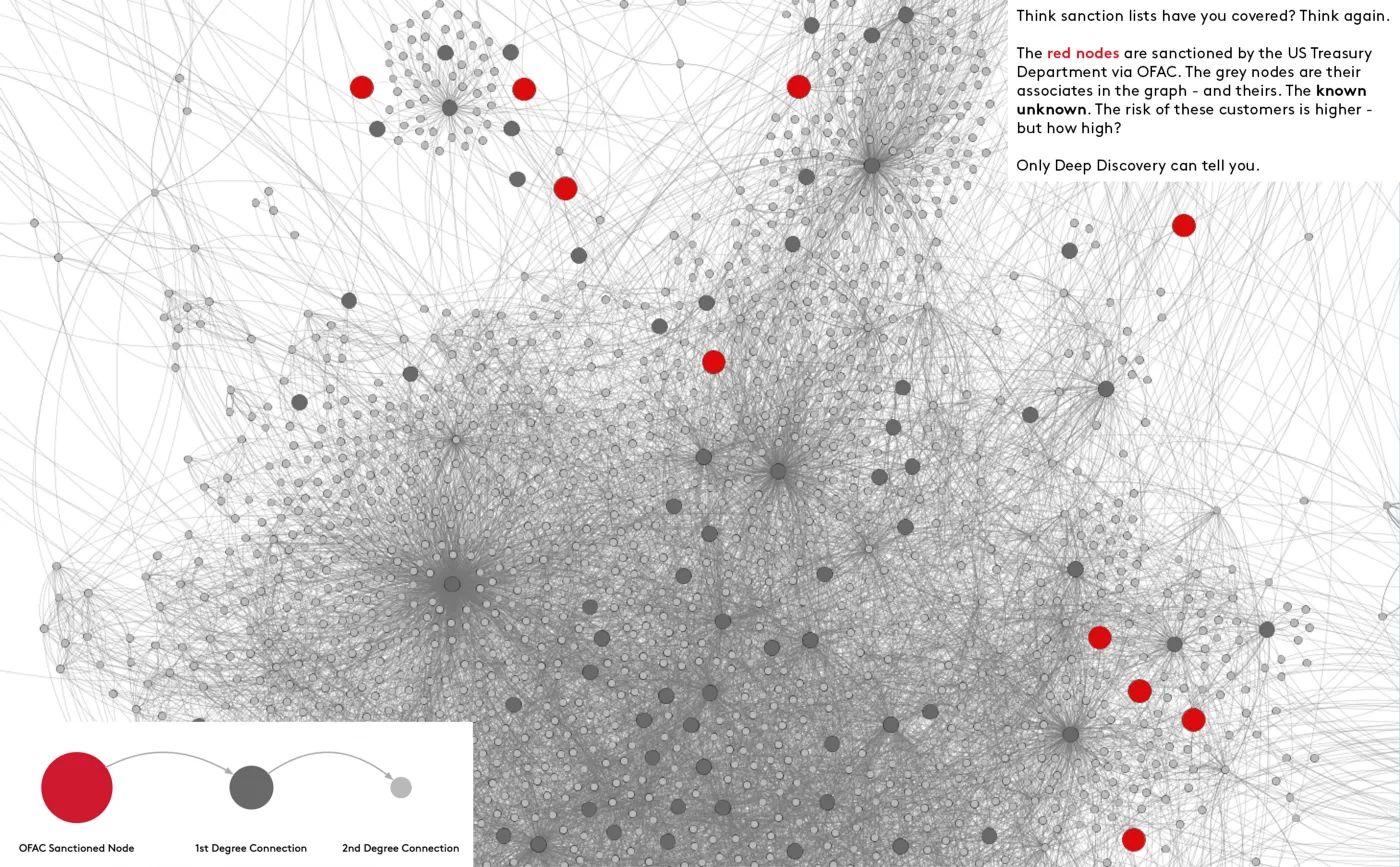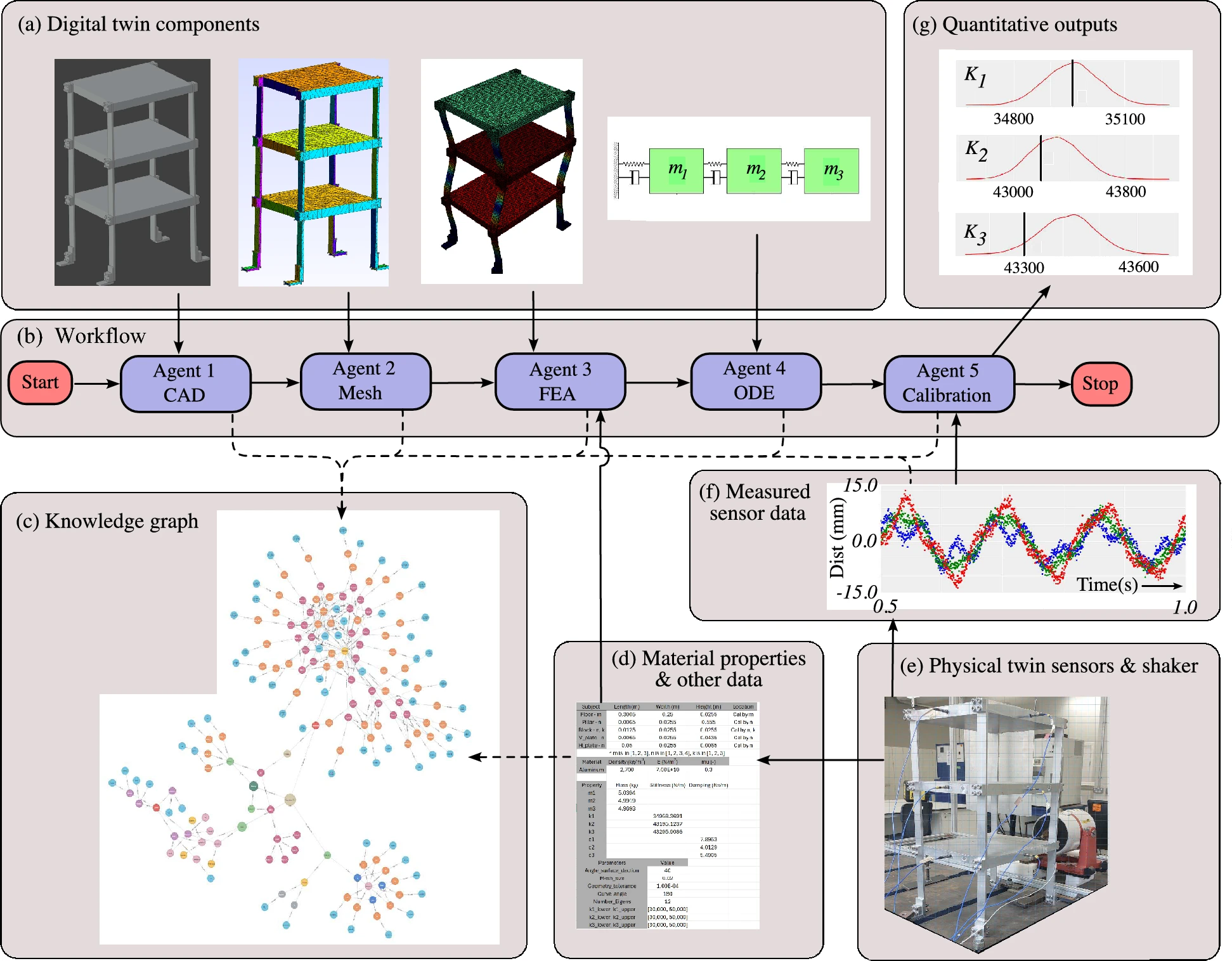The Weekly Edge: LDBC No More, Memgraph 3.5, FinCrime (Prevention), & More [25 September 2025]
![The Weekly Edge: LDBC No More, Memgraph 3.5, FinCrime (Prevention), & More [25 September 2025] The Weekly Edge: LDBC No More, Memgraph 3.5, FinCrime (Prevention), & More [25 September 2025]](https://gdotv.com/wp-content/uploads/2025/09/ldbc-graph-data-council-memgraph-fincrime-weekly-edge-25-september-2025.png)
It’s time for the first autumnal edition of the Weekly Edge! (or vernal edition for you far Southrons)
Kicking off the best season of the year is another mixtape of graph tech news, podcasts, papers, and releases from the past week or so, DJed by the team here at gdotv.
Here’s a glance at this week’s headlines:
- Prashanth Rao talks knowledge graphs and AI agents on the Hedgineer podcast
- The Linked Data Benchmark Council is officially now the Graph Data Council
- Memgraph 3.5 just dropped with all sorts of new features and improvements
- Russell Jurney walks you through graph solutions to financial crime & corruption
- A new paper looks at using knowledge graphs for digital twins of large buildings
Let’s take a closer look.
[Watch/Listen:] Knowledge Graphs, Kuzu, & Building Smarter Agents
This week on the Hedgineer podcast, host Michael Watson interviewed wandering graph polymath and AI engineer Prashanth Rao about knowledge graphs, AI agents, LLMs, and how Kuzu functions as sort of the DuckDB of graph databases. It’s a great discussion on data engineering, building with LLMs, and AI as a practice.
Catch the episode wherever you get your podcasts: YouTube | Spotify | Apple Podcasts. (You were wondering so I’ll just clear the air: the Hedgineer podcast is disappointingly not about hedgehog engineers, but the engineering and technology stack behind hedge funds).
[News:] From LDBC to GDC: A Landmark Shift in the Graph World
Hot graph tech news this week: the Linked Data Benchmark Council (LDBC) is now the Graph Data Council (GDC). The motion to rebrand the organization has been adopted to reflect the broader ambition of the council within the graph world, which goes far beyond just benchmarking, spanning both RDF and LPG systems.
This very ambition is reflected by the wide variety of organization members contributing to the many projects the GDC and its members are contributing to. And the best part is, anyone can become a member!
Dennis Irorere, Director of Innovation at GraphGeeks, created an awesome write-up about the recent GDC Technical User Community meeting in London, detailing not only the reasons behind the GDC rebranding but also the continued work on the Graph Query Language (GQL) standard, the paradox of growing demand for graphs, and a hat tip to a talk given by gdotv Supreme Leader Arthur Bigeard (all hail). Catch the full agenda, slides, and recordings here for all the deets.
[Release:] What’s New in Memgraph 3.5
If you hadn’t heard, Memgraph 3.5 is here! This release includes a turnip truck full of new features, improvements, and other upgrades, including:
- Enhanced RBAC, SSO integration, and other user controls
- Improved data safety during failovers
- Cypher query language improvements
- More functions in the MAGE graph algorithm library
Try out Memgraph Platform or Memgraph Cloud for yourself, and while you’re at it, my colleague Amber Lennox recently wrote a terrific article on getting started with Memgraph and G.V() that helps you make the most of using Memgraph in your next project.
[Short Read:] Graphs in Financial Crime & Corruption Network Motifs
I’m against crime, and I’m not ashamed to admit it. If you also are against crime – specifically financial crime and corruption – this article by Russell Jurney at Graphlet AI is a solid read on how graph technology, network science, and more are the perfect toolkit for tackling FinCrime, money laundering, and the like.
But all this alone isn’t a hot take. Rather, it’s where Russell takes it next: helping financial institutions and RiskTech vendors recognize how network motifs for financial crimes are common across a broad range of bad actors and proposing an open source repository of graph patterns that various enforcement agencies can use in their ongoing fight against these kinds of FinCrime. Even better, Russell uses a good amount of graph visualization to illustrate his point that collaboration needs to go beyond just sharing entities and include sharing graph patterns as well.
[Long Read/ICYMI:] Digital Twins as Self-Modeled Knowledge Graphs for Intelligent Structures
I saved the headiest piece for last because nothing says “Friday night fun” like an 11-page academic paper on using knowledge graphs to encode a digital twin self-model of a building with a different AI agent assigned to each component. But even if that didn’t immediately sizzle your bacon, don’t overlook this one. It’s boring – but very important.
As more and more humans live in urban landscapes, managing the structures where we live, work, and play will become all that much more important. This team of researchers used a Neo4j knowledge graph to create a digital twin of a building that can monitor itself. The next time you’re stuck in an elevator, it literally might be HAL who opens the pod bay doors to let you out.
P.S. You spotted us in the latest Year of the Graph newsletter, right?
That’s it for this week’s edition. Got something you want to nominate for inclusion in a future edition of the Weekly Edge? Ping us on on X | Bluesky | LinkedIn or email weeklyedge@gdotv.com.




![The Weekly Edge: RDF Edition! [14 November 2025] The Weekly Edge: RDF Edition! [14 November 2025]](https://gdotv.com/wp-content/uploads/2025/11/rdf-triplestore-sparql-weekly-edge-14-november-2025.png)
![RDF Support Is Now Available in G.V() [v3.41.99 Release Notes] RDF Support Is Now Available in G.V() [v3.41.99 Release Notes]](https://gdotv.com/wp-content/uploads/2025/11/rdf-triplestore-sparql-support-gdotv-graph-database-IDE.png)
![The Weekly Edge: New Gremlin Contributor, 2 Graph Releases, Ontologies in Aura, & More [7 November 2025] The Weekly Edge: New Gremlin Contributor, 2 Graph Releases, Ontologies in Aura, & More [7 November 2025]](https://gdotv.com/wp-content/uploads/2025/11/youtrackdb-ladybug-arcadedb-neo4j-aura-weekly-edge-7-november-2025.png)